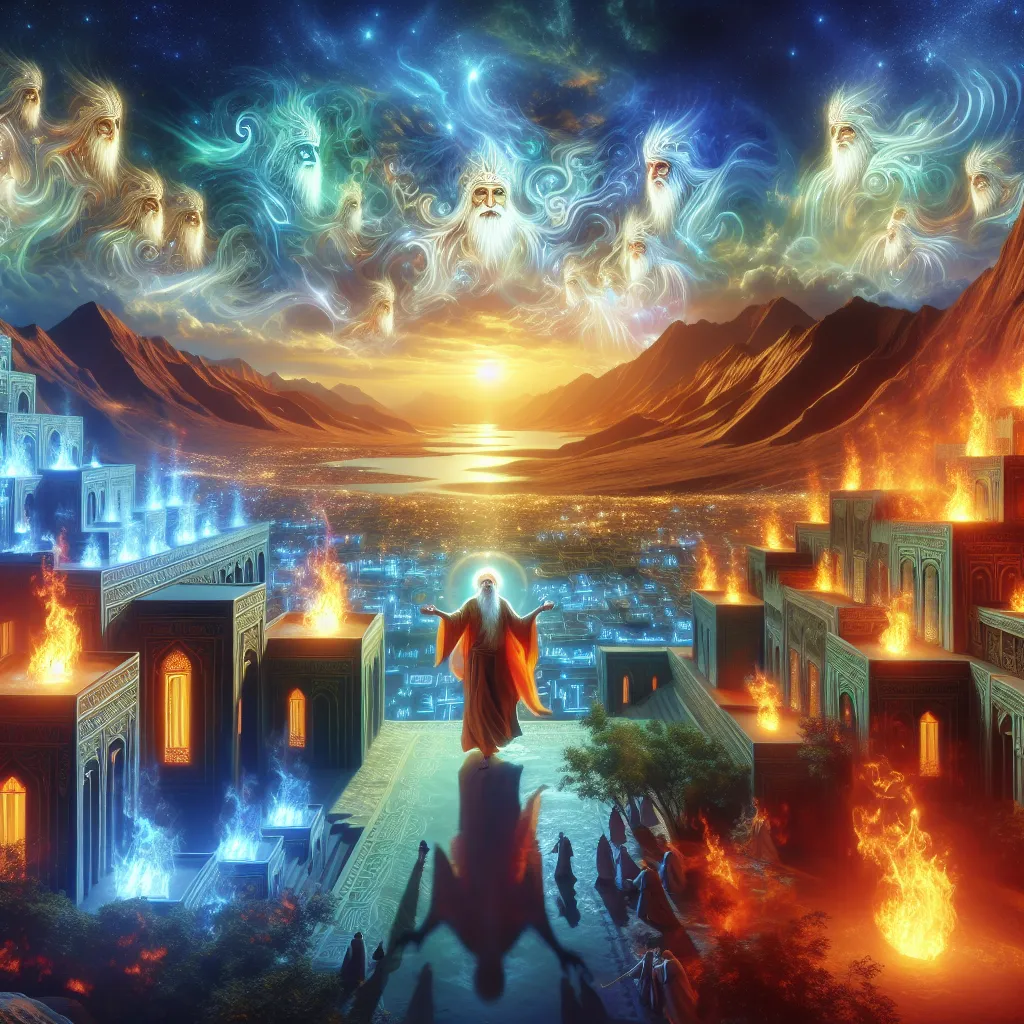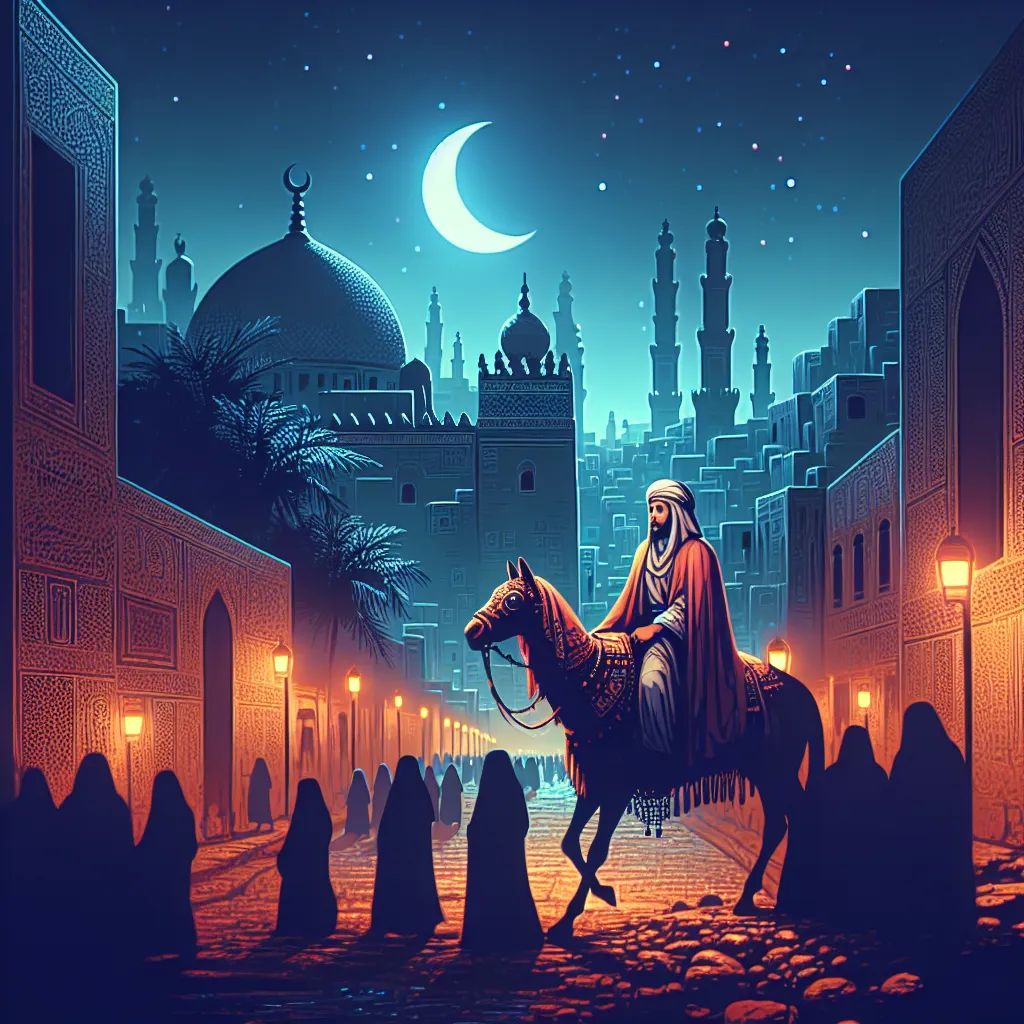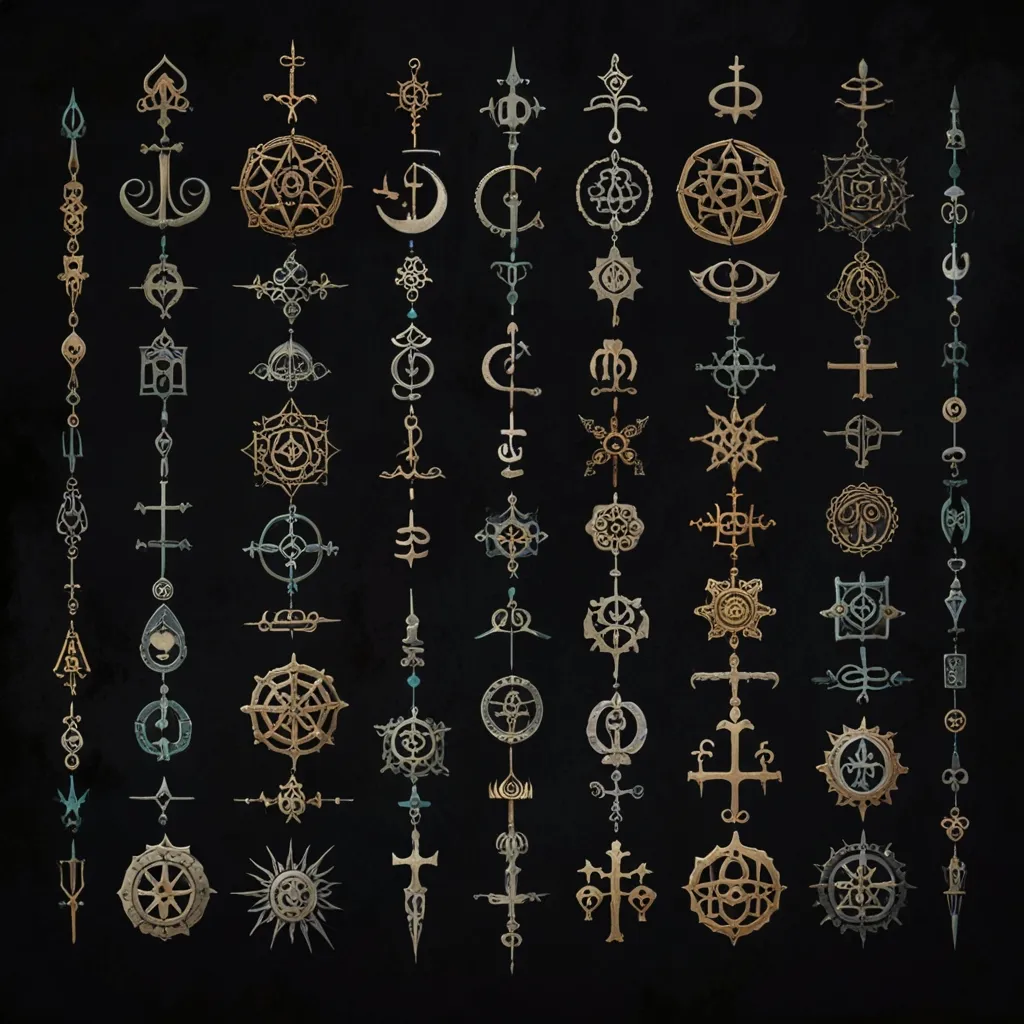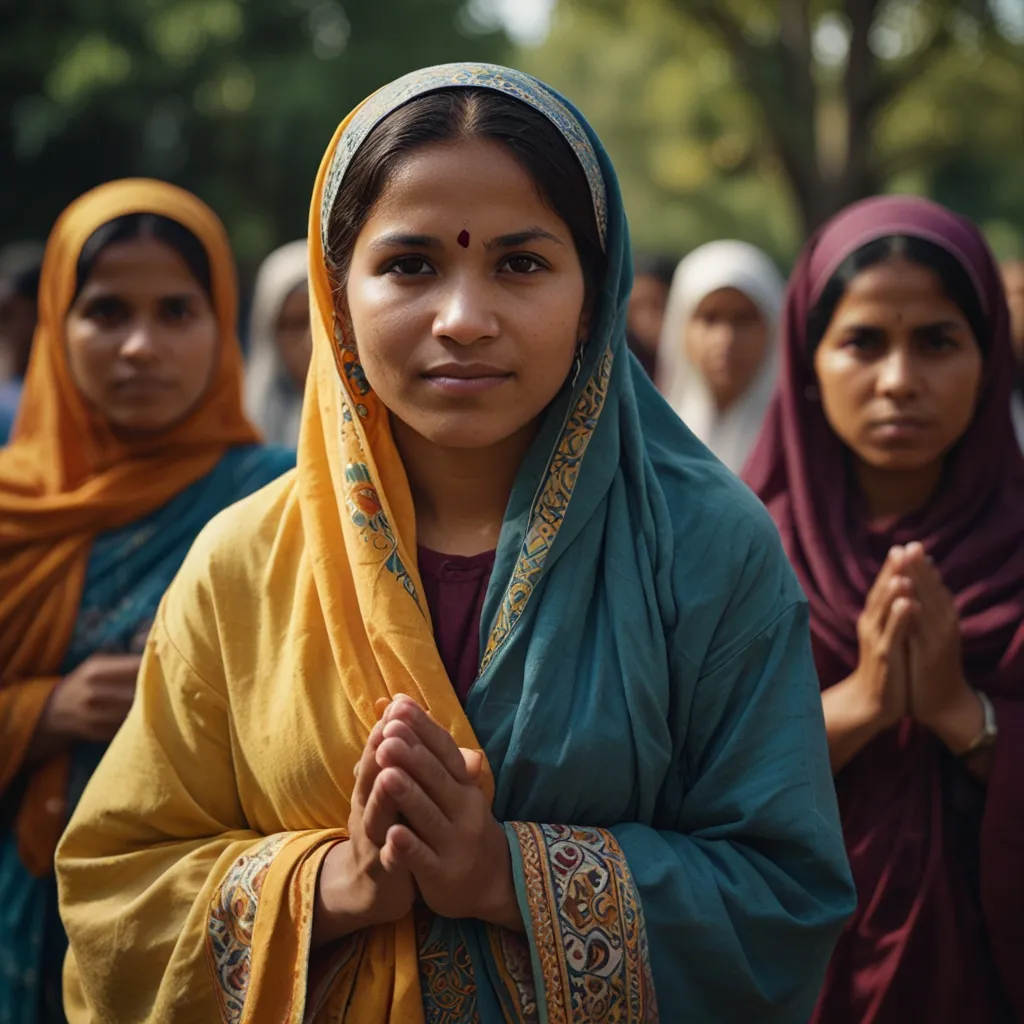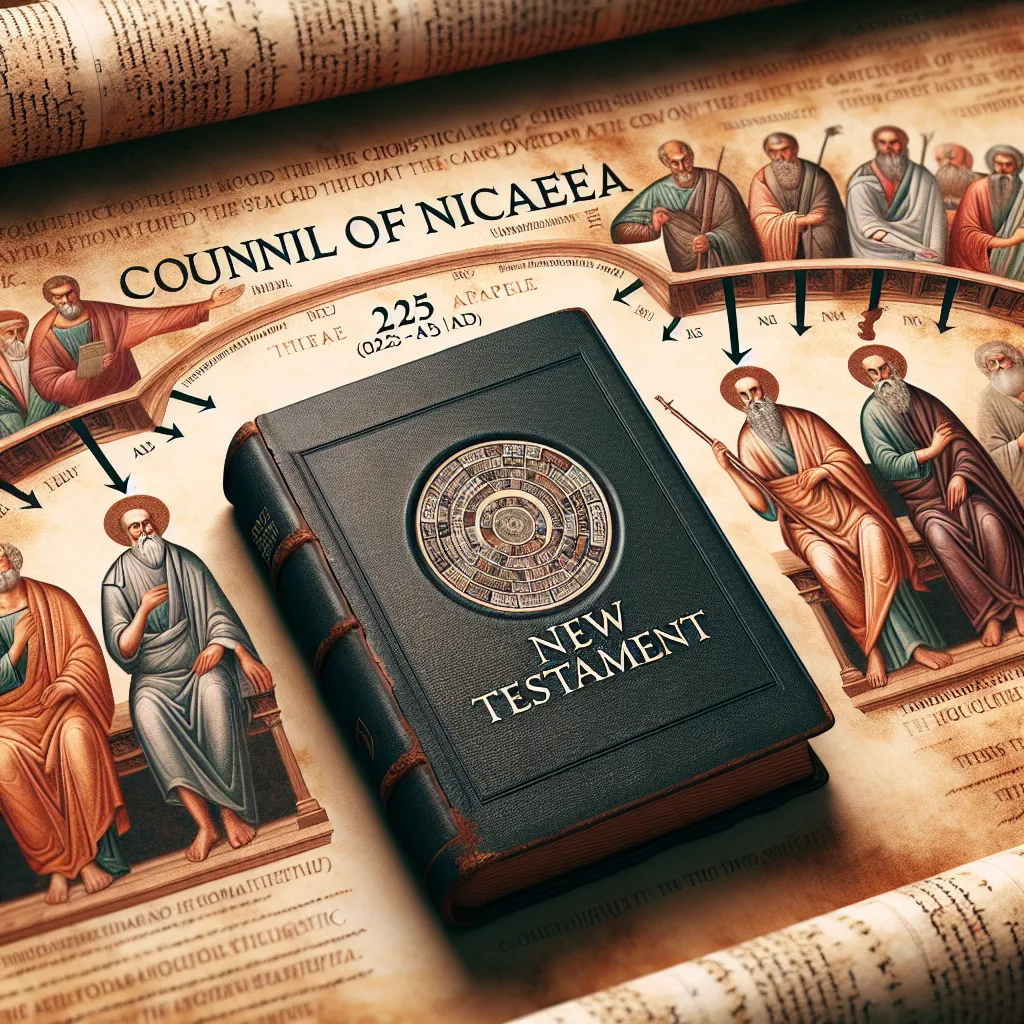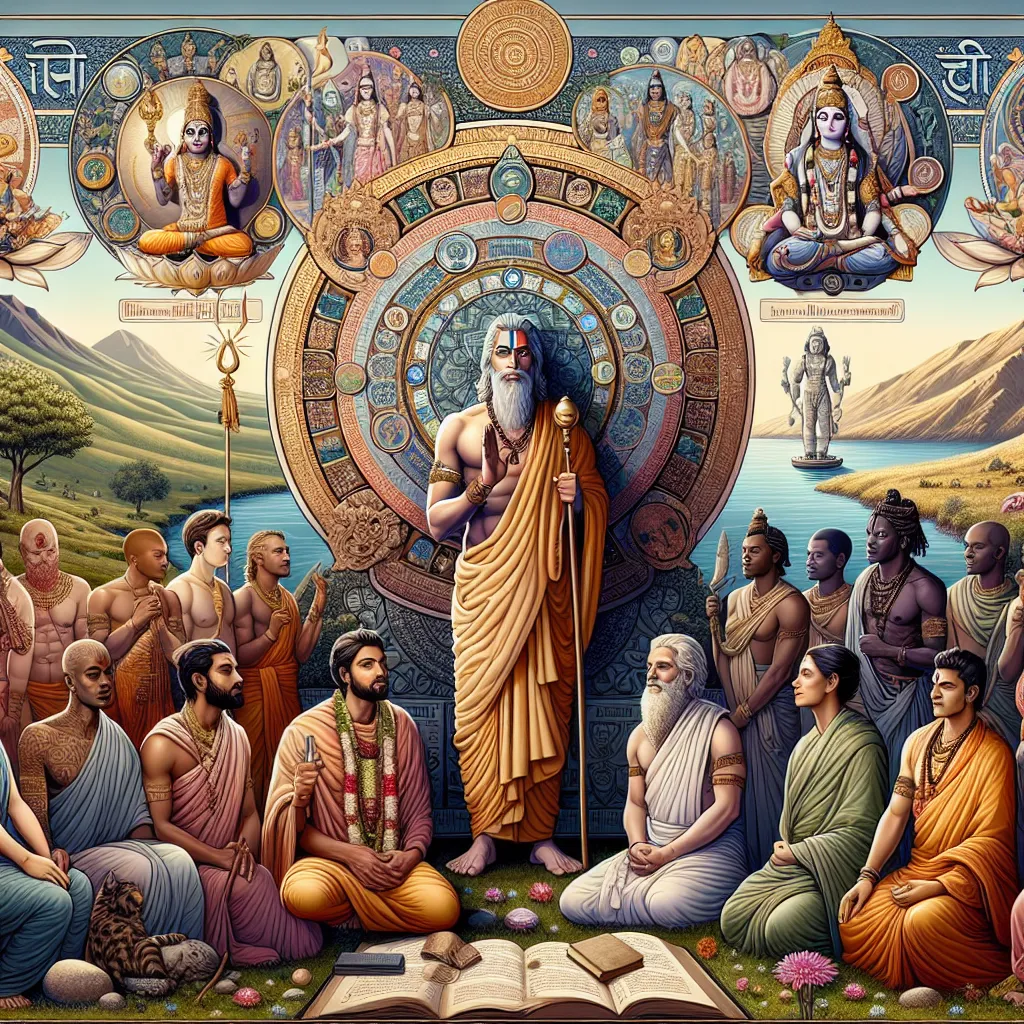When you think of the major religions of the world, names like Christianity, Islam, Hinduism, and Buddhism probably pop into your mind. These faiths have molded our world, gathering billions of followers over the centuries. But there’s another religion that, although smaller today, might just be one of the most influential and pivotal traditions in history—Zoroastrianism.
Primarily linked with Iran and Central Asia, Zoroastrianism served as the state religion for some of history’s great Persian empires. But beyond its geographical boundaries, it left a significant mark on some key features of the Abrahamic religions too. Freddie Mercury’s connection to Zoroastrianism might be one of the few details people recognize, along with its dualistic worldview emphasizing the battle between good and evil, light and darkness. Yet, there’s much more to this tradition, rich with a long evolution of unique teachings and deep historical roots.
Founded by the sage Zarathustra (also known as Zoroaster), Zoroastrianism stretches back to some of the earliest religious texts known to mankind. Zarathustra’s poems, called the Gathas, form the oldest core of Zoroastrian teachings. These writings, filled with vivid imagery and ethical concerns, lay the foundation for the broader collection of scriptures known as the Avesta.
Central to Zoroastrian belief is the figure of Ahura Mazda, the Wise Lord, who embodies goodness and wisdom. This worldview presents a clear ethical dualism: a cosmic struggle where Ahura Mazda and his creation, embodying truth and order (Asha), are opposed by Angra Mainyu (or Ahriman) and his forces of falsehood and chaos (Druj). Humans, with their free will, play a crucial role in this cosmic drama, tasked with promoting Asha through good thoughts, words, and deeds.
This ethical dualism extends into Zoroastrian eschatology, where individuals are judged after death. One compelling image is the Chinvat Bridge, which the dead must cross. It becomes wide for the righteous, leading them to paradise, while it narrows to a razor’s edge for the wicked, plunging them into a hellish abyss below.
Zoroastrian rituals reflected these beliefs, often centering around fire temples where sacred flames symbolized purity and divine light. Rituals also included recitations of the Yasna liturgy, purification practices, and seasonal festivals like Nowruz, the Persian New Year, which remains a significant cultural celebration even today.
Despite its profound history and philosophical depth, Zoroastrianism’s influence waned over time, particularly after the 7th-century Arab invasions brought Islam to the region. Although Zoroastrians, like other non-Muslim communities, were granted protection under Islamic rule, their numbers diminished due to conversions and migrations, notably to India, where they became known as the Parsis.
Zoroastrianism’s theological and eschatological concepts, such as the dualism of good and evil, the final judgment, and the vision of an afterlife, seem to resonate with similar beliefs in later Abrahamic religions. Whether through direct influence or parallel development, Zoroastrianism undoubtedly shaped the religious landscapes of Judaism, Christianity, and Islam.
Today, Zoroastrian communities exist worldwide, with significant populations in Iran, India, and the diaspora in Europe and North America. Though their numbers are lower, Zoroastrians continue to practice and preserve their ancient faith, weaving its rich heritage into the modern world.
In summation, Zoroastrianism is a treasure trove of ancient wisdom, profound ethical teachings, and a fascinating history that has left an indelible mark on the world’s spiritual and moral foundations. Whether through its scriptures, rituals, or philosophical insights, this venerable tradition continues to inspire and guide those who seek to understand its depths.
